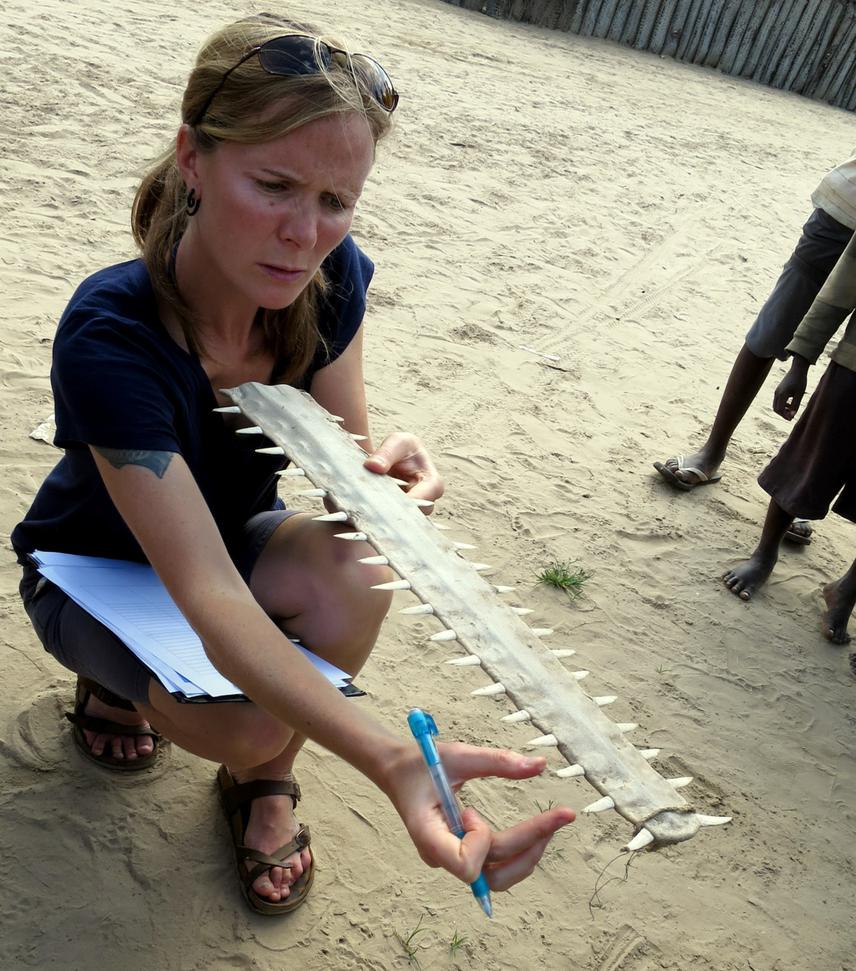Ruth Leeney
Other projects
22 Dec 2011
MarWise – A Marine Wildlife Safe Course for Marine Tourism Operators in Namibia
This project aims to collect the first dataset on sawfishes in east Africa, to assess the conservation status of sawfishes in the region and to encourage conservation and management of sawfishes at a community level.

Sawfish are considered to be endangered worldwide and all sawfish species are listed as endangered on the IUCN Red List. In Africa, the current distribution and abundance of sawfishes are unknown, although they are suspected to now be extinct throughout much of their former range. Overfishing, both intentional and as bycatch, through entanglement in fishing nets, are thought to be the primary reasons for decline in sawfish numbers worldwide. They may also have been targeted more recently by the shark finning industry.
Two species, largetooth sawfish (Pristis pristis) and green sawfish (P. zijsron), have historically been present in the east and southeast Africa regions. Sawfish are known to be extinct in South African waters and although historically present in Mozambique, data on recent catches is only anecdotal and patchy. It is essential to assess to what extent they still remain in Mozambican waters and to document key habitats, in order to develop an action plan for the long-term conservation and management of these unique species.
This study will provide the first baseline dataset for sawfish in Mozambican waters, and will constitute the first such study for east African waters. By travelling the length of the coast, and interviewing fishers and members of coastal communities, we aim to collect information on recent sawfish catches, where sawfishes can still be seen or caught, any observed increase or decrease in sawfish catches over recent decades and the cultural importance of sawfish to local communities in Mozambique. In some parts of West Africa, sawfish are symbolic fish with great significance to coastal communities, and this is extremely relevant in designing conservation action plans and creating a sense of stewardship in communities that will be involved in the conservation activities. Sensitisation and education will also be carried out with the communities where interviews take place, to raise awareness locally of the plight of sawfish and to encourage people to report catches.